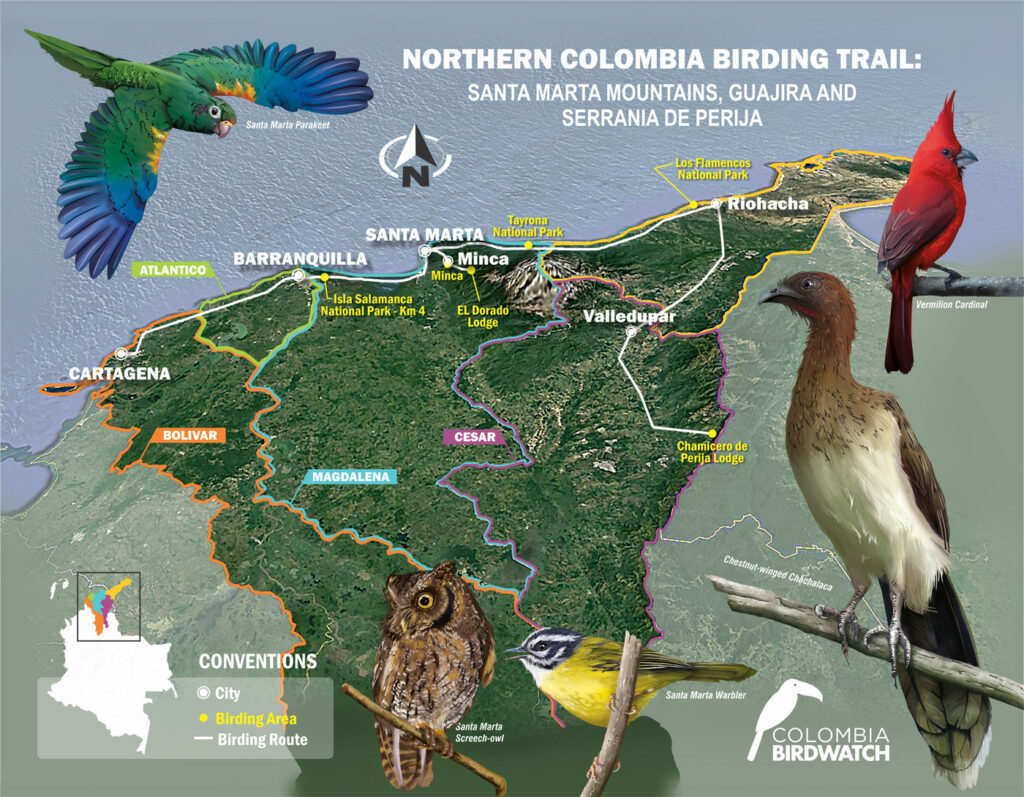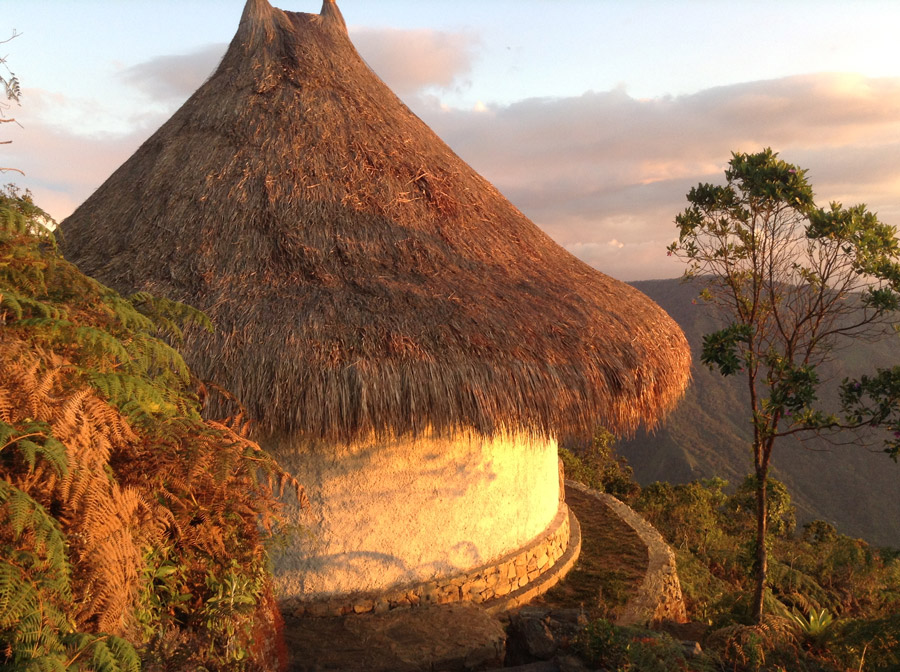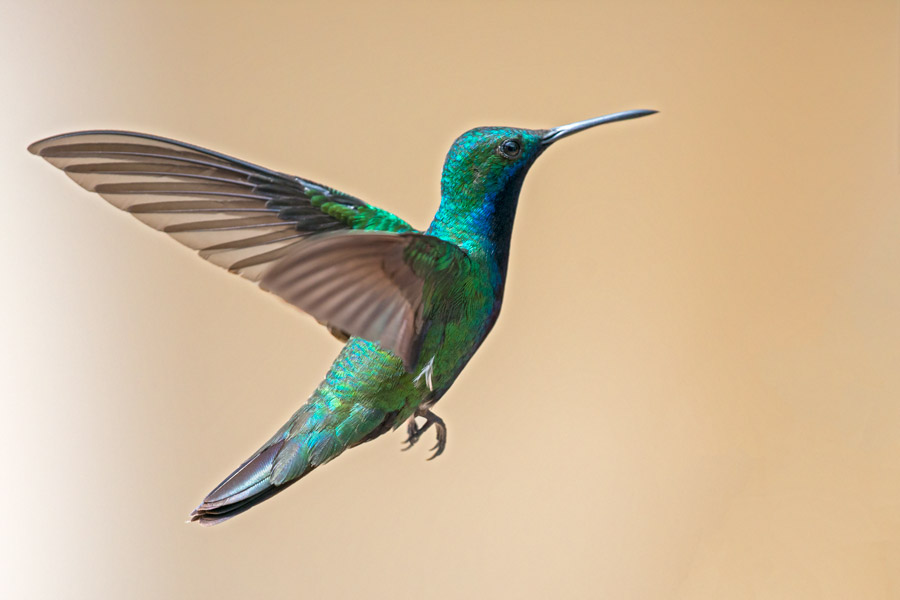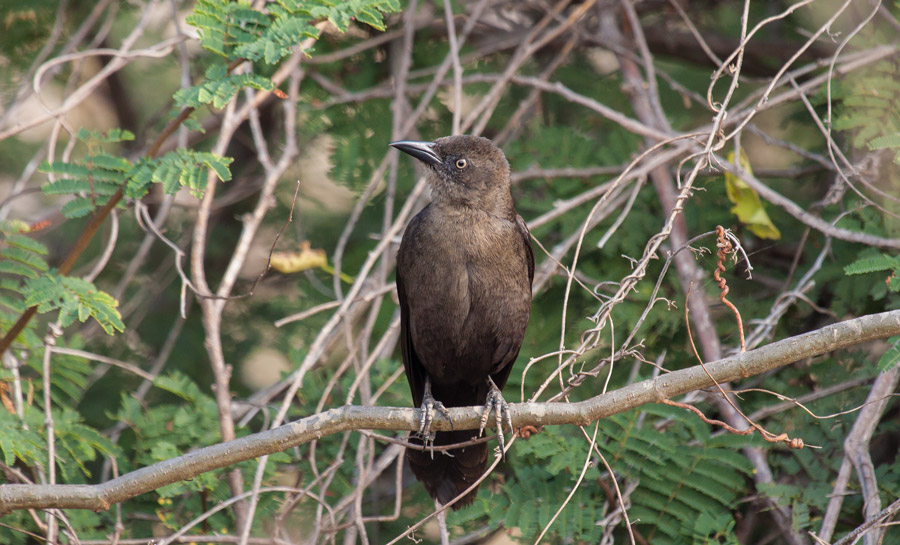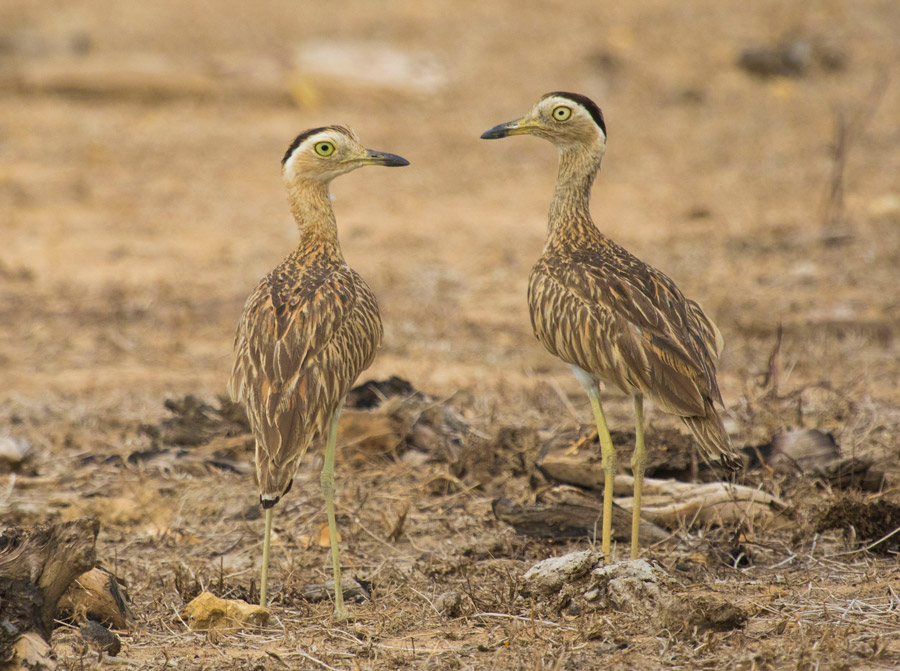In Northern Colombia, the Caribbean coast hosts the tallest coastal mountain range on earth — the Sierra Nevada de Santa Marta. These isolated mountains have been identified as the planet’s single most important and irreplaceable site for threatened and endemic biodiversity by numerous scientific publications and every major international conservation organization.
And then we have the northernmost spur of the Andes, the Serranía de Perijá, which slides up and nearly nudges up alongside the Sierra Nevada. The threatened dry forests of the region are found between these mountains and in the foothills. The dry forests become shorter and drier towards the northeast, into the Guajira Peninsula. Here proper desert habitats are found, a rarity at this latitude.
The Northern Colombia Birding Trail includes project sites for the USAID-funded venture being executed by National Audubon along with in-country partner Calidris and Colombia’s National Parks Unit. As part of this program, local birding guides have been trained and the area now boasts some of the most qualified birding guides in the country. As these young people become part of the birding economy, they are becoming ambassadors for their local environments, and key people who will convince their communities to conserve habitat rather than degrade it. This is conservation of birds and habitats through bird-focused tourism.
Best Months to Visit:
Late November to early April and mid June to late August.
Connecting Routes:
Easily by air with through Barranquilla or Riohacha to any of our other Colombia routes.
AREAS IN THIS ROUTE
El Dorado Reserve is run by the Colombian NGO ProAves , and is named after the legendary city of gold. Spanning 880 ha (2,175 acres) between 900-2,600 m (3,000 – 8,500 ft) in elevation, over 350 birds have been recorded at the site. The vast altitudinal gradient allows for several days of birding, which different specialties found along the very lightly travelled dirt road. The lodge sits at 2,000 m (6,500 ft), and was the first in Colombia to cater specifically to international birders, so it is very comfortable and well run.
Targets above the lodge:
Santa Marta Parakeet (E), Rusty-headed Spinetail (E), Streak-capped Spinetail (NE) ,Santa Marta Antpitta (E), Santa Marta Bush-Tyrant (E), Santa Marta Mountain Tanager (E), Yellow-crowned Whitestart (E), Santa Marta Warbler (E), White-tipped Quetzal (NE), Santa Marta Foliage-gleaner (E).
Targets at or below the lodge:
Black-fronted Wood-Quail (E), Santa Marta Screech-owl (E), Black-backed Thornbill (E), Santa Marta Woodstar (E), Santa Marta Blossomcrown (E), Rusty-breasted Antpitta, White-lored Warbler (E), Santa Marta Tapaculo (E), Santa Marta Brush-finch (E), Rosy Thrush-Tanager, Golden-breasted Fruiteater, Blue-naped Chlorophonia, Groove-billed Toucanet, Grey-throated Leaftosser, White-tailed Starfrontlet (E).
Minca is a quaint little town located at an elevation of 600 m (2,000 ft) in the foothills of the Sierra Nevada de Santa Marta, and a great location to bird for lower elevation species. The charming villages is the commerce center for the region, which is world renown for its organic coffee production. There is a nice feeder setup in town that is good for bird photography. More than 300 species have been recorded in the vicinity of town.
Targets:
Rufous-breasted Hermit, Black-throated Mango, White-vented Plumeleteer, Long-billed Starthroat, Red-billed Emerald (NE), Black-backed Antshrike, Scaled Piculet, Swallow Tanager, Rufous-tailed Jacamar, Keel-billed Toucan, Masked Tityra, Whooping Motmot, Black-and-white Owl, Long-billed Gnatwren.
Isla Salamanca National Park is 35 minutes from the city of Barranquilla, and is an Important Bird Area as well as a REMSAR site. It consists of several lagoons, wetlands and a well preserved mangroves. Nearby is the lightly traveled Km 4 road, which bisects a series of pastures and inundated fields that are superb for birding.
Targets:
Saphire-throated Hummingbird, Saphire-bellied Humminbird, Red-rumped Woodpecker, Bicolored Conebill, Green-and-rufous Kingfisher, Yellow-chinned Spinetail, Northern Screamer, Russet-throated Puffbird, Bicolored Wren, Stripe-backed Wren, Dwarf Cuckoo.
Tayrona National Natural Park extends 20 miles along rugged shore and rises inland to 900 m (3,000 ft) in elevation atop the foothills of the Sierra Nevada de Santa Marta. It protects a range of habitats from dry scrub to humid tropical forest, and is famous for its gorgeous white sand beaches. Over 280 species have been recorded within park boundaries.
Targets:
Blue-billed Curassow (E), White-bellied Antbird, White-necked Puffbird ,Lance-tailed Manakin, Scrub Greenlet, Barred Antshrike, Boat-billed Flycatcher,
Very close to the city of Riohacha is Los Flamencos National Park, and the village of Camarones. This is the west edge of the Guajira desert, where dry forest becomes shorter and sparser and bare dry earth separates the trees from each other. But before you have a mistaken idea of a parched world, Los Flamencos is on the coast and it has shallow waterbodies that fill as the rains come, and evaporate during the dry season. These evaporating ponds concentrate salt, and then brine shrimp bloom which brings in the namesake bird of the park – American Flamingos! The xerophytic scrub vegetation of the area is very productive for all of the Guajira specialties restricted to NE Colombia and NW Venezuela.
Targets:
Buffy Hummingbird (NE), Slender-billed Inezia (NE), Tocuyo Sparrow (NE), White-whiskered Spinetail, (NE) , Scarlet Ibis, American Flamingo, Vermillion Cardinal, Scaled Dove, Chestnut Piculet, Orinocan Saltator, Pileated Finch, Crested Bobwhite, Green-rumped Parrotlet, Black-crested Antshrike, White-fringed Antwren, White-whiskered Spinetail, Chestnut Piculet, Rufous-vented Chachalaca, Bare-eyed Pigeon.
The Sierra de Perijá is an isolated offshoot of the Eastern Andes forms the border with Venezuela and is one of the least explored areas in Colombia. Much of Colombia suffered from the internal strife that lingered here for decades, and Perijá was a final stronghold. Yet since 2009, the area has been clear of any political problems, and only now are birders beginning to venture to this amazing set of endemic rich mountains. A new birding lodge is managed by Colombian NGO Proaves, which purchased vast tracts of pristine montane forest for conservation. The ability to move from Montane Forest to Páramo, and then down to foothill subtropical areas allows for ample bird diversity, and more than 300 species have been recorded along the gradient.
Targets:
Perijá Metaltail (E), Perijá Thistletail, Perijá Sierrafinch (E), Perijá Tapaculo (E), Rufous Spinetail, Yellow-breasted Brushfinch, Barred Fruiteater, Andean Condor, Black-and-chestnut Eagle, Buff-breasted Mountain-Tanager, Rufous-breasted Chat-tyrant, Páramo Seedeater.
CONTACT US
SEND US A MESSAGE
CONTACT INFORMATION
For more information, questions, availability or to register for a Colombia Birdwatch tour, please contact Christopher Calonje at:

